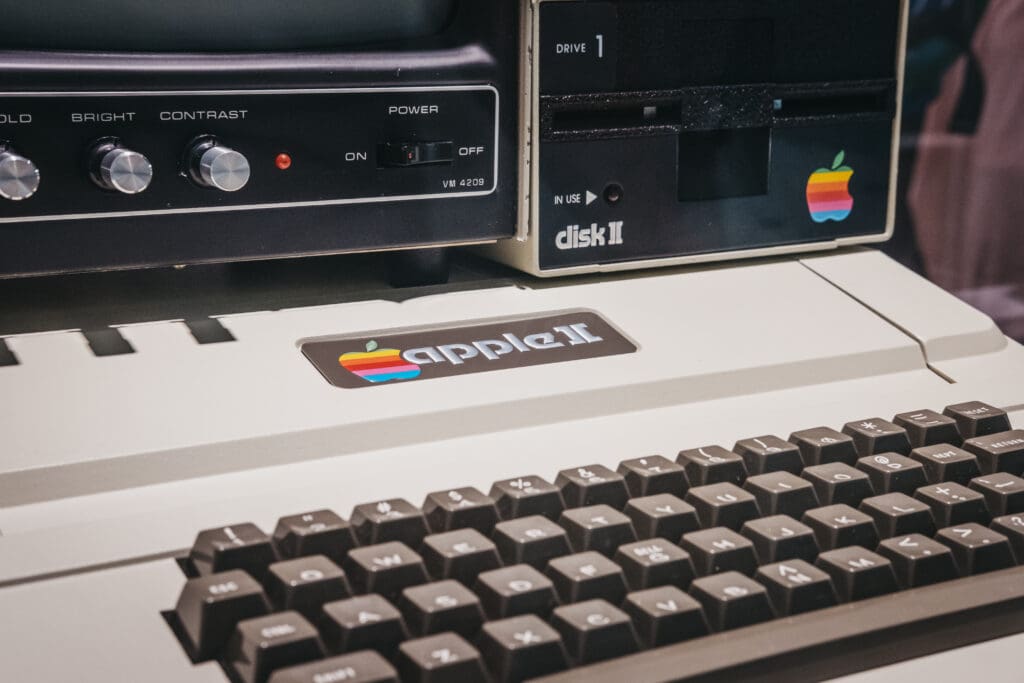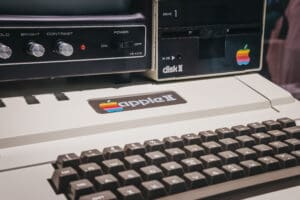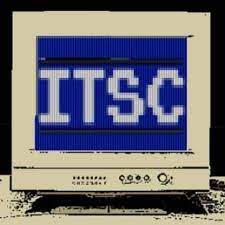
 The Apple II, designed by Steve Wozniak in 1977, was a groundbreaking self-contained machine, with screen, keyboard, power supply, and electronics all in a single plastic unit. The first Apple IIs were shipped on June 10, 1977, and cost $1,298. Apple originally equipped the Apple II with 4 KB of RAM, upgradeable to 48 KB, and designed it to feature color graphics and sound. The motherboard offered eight expansion slots, allowing hobbyists to add additional capabilities easily. In this edition of Tech Time Warp, we delve into how this iconic machine revolutionized the future of personal computing.
The Apple II, designed by Steve Wozniak in 1977, was a groundbreaking self-contained machine, with screen, keyboard, power supply, and electronics all in a single plastic unit. The first Apple IIs were shipped on June 10, 1977, and cost $1,298. Apple originally equipped the Apple II with 4 KB of RAM, upgradeable to 48 KB, and designed it to feature color graphics and sound. The motherboard offered eight expansion slots, allowing hobbyists to add additional capabilities easily. In this edition of Tech Time Warp, we delve into how this iconic machine revolutionized the future of personal computing.
How business and education powered the Apple II revolution
By 1984, when Apple introduced the Macintosh, the company had sold over 2 million Apple II computers. The Apple II’s success was partially due to its compatibility with the spreadsheet program VisiCalc, which made the Apple II a must-have machine for small businesses. VisiCalc was a pioneering spreadsheet program, doing the sorts of things we take Excel for granted today.
The other catalyst for Apple II’s success was the education industry and Steve Jobs’ turn as a lobbyist. In 1978, Apple entered into a partnership with the Minnesota Education Computing Consortium to provide 500 Apple IIs for schools in the state. You may know the consortium as MECC, creator of legendary educational software, including The Oregon Trail. Although Jobs’ federal advocacy efforts for a similar deal did not work out, Apple ended up giving free Apple IIe systems to eligible elementary and secondary classrooms in California. The total retail value of each donated Apple IIe was $2,364, adding up to $21 million. Thanks to associated tax credits, Apple completed the project for around $1 million. As a result, an entire generation of California schoolchildren became enchanted with computer gaming on their system.
Did you enjoy this installation of SmarterMSP’s Tech Time Warp? Check out others here.
Photo: Vera1703 / Shutterstock
This post originally appeared on Smarter MSP.


